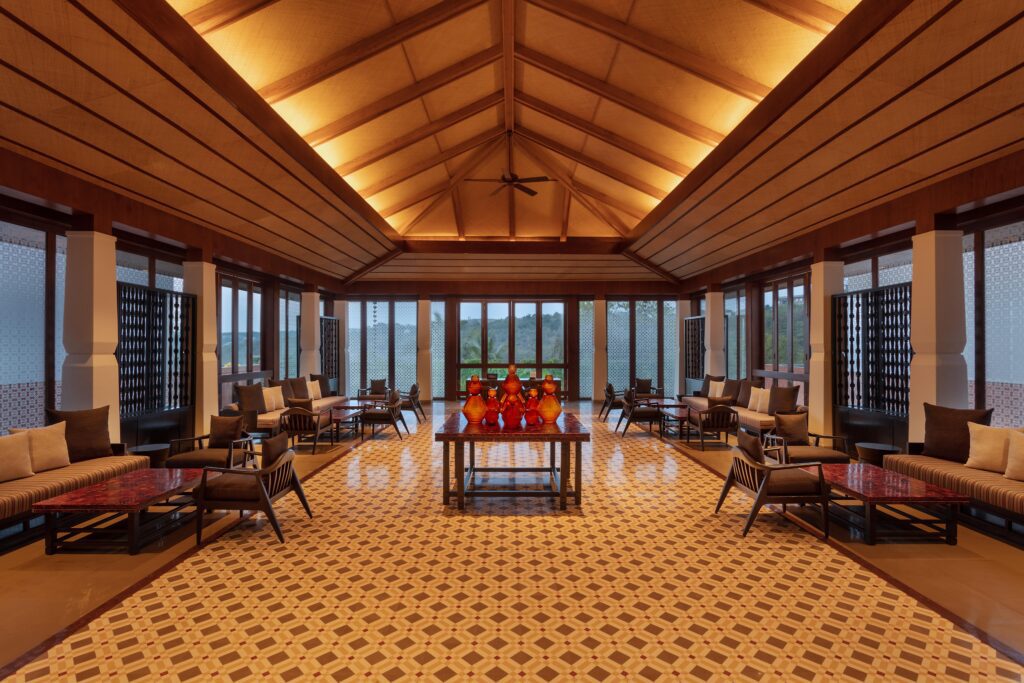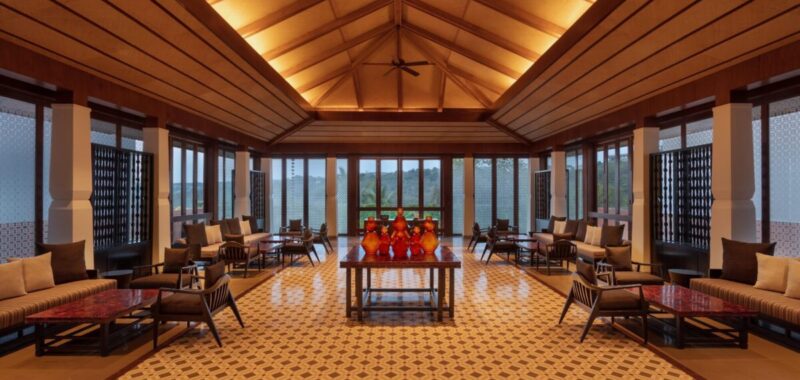
Skift Take
Brigade Hotel Venturesâ IPO filing offers a deep dive into whatâs next for the hotel sector in India. Besides growth, the data points to big shifts in demand and supply across segments while breaking down key trends.
Indiaâs hotel market is witnessing a noticeable shift toward chain-affiliated properties thanks to a thriving travel sector and demand for reliable accommodation options.
A recent Draft Red Herring Prospectus (DRHP) filed by Brigade Hotel Ventures’ throws light on this growing preference for brand-affiliated hotels that promise consistency, safety, and standardized service, as well as several other trends.
There are 192,000 chain-affiliated rooms in India as of June 2024, according to Horwath HTL India. This reflects a significant change from a sector once dominated by small, independent establishments, mostly operating in the midscale and budget segments.
The demand for chain-affiliated hotels has also surged, with daily room demand growing from 61,000 in 2015 to 116,000 by 2024.
Supply across all hotel segments is diversifying, with 34.8% of available rooms in the luxury and upper-upscale tiers, 38.6% in upscale and upper-midscale, and 26.7% in midscale and economy categories, according to Horwath HTL India.
Growth Beyond Major Hubs
The spread is widening geographically as well. Historically, Indiaâs hotel market has concentrated in key urban hubs, including Mumbai, Delhi-NCR, Bengaluru, and Goa.
These markets are now seeing a reduced concentration of hotel supply, dropping from 69% in 2015 to 59% in mid-2024, and projected to fall further to 51% by 2028. This reveals growth in secondary cities and emerging destinations, driven by improved infrastructure and a growing middle class eager to explore beyond traditional hubs.
From pilgrimage sites to scenic natural locales, emerging destinations now hold significant potential, prompting chains to invest in these areas and broaden their geographic footprint.
International Chains Strengthen Their Hold
Indiaâs hotel market has also become increasingly international, with foreign hotel brands capturing nearly half of the chain-affiliated market in recent years. International hotel chains have grown their market share from 21% in 2001 to around 48% today, and theyâre expected to maintain this level until 2029, highlighting the strong presence of global brands alongside domestic players.
However, domestic chains are also evolving, adapting to the rising expectations of Indian travelers who now seek experiential stays and greater amenities.
Who’s Leading Hotel Ownership?
One of the key transformations highlighted in the prospectus is the ownership landscape, now largely driven by private sector developers and institutional investors rather than hotel chains themselves.
While hotel chains owned 71% of rooms in 2001, their share has declined significantly to just 26% as of this year, reflecting a growing role for private capital in the sector. Currently, listed companies own 29% of all hotel rooms, reflecting strong investor confidence in hospitality.
This shift also suggests a more collaborative operating model where hotel chains focus on brand management while private owners focus on real estate investment, a model that has enabled faster expansion and higher room supply.
Evolving Demographics and Demand Segments
Domestic tourism, a major pillar of Indiaâs travel economy, has rebounded sharply post-pandemic. Domestic travel visits reached 2.5 billion last year, exceeding the pre-Covid figures of 2.3 billion. The demographic shift toward urbanization, the rise in disposable income, and a median age of 27.6 years are further bolstering leisure travel, with projections of 5 billion domestic visits by 2030, according to Hotel Association of India’s (HAI) Vision 2047 report.
Indians would be spending $410 billion on tourism by 2030, according to a Booking.com-McKinsey report.
Foreign tourist arrivals (FTA) have also rebounded, with over 10 million visitors annually pre-Covid and 9.2 million in 2023. Projections by HAI suggest FTAs could reach 30 million by 2037, driven by Indiaâs growing appeal as a tourist destination. As demand from domestic and international visitors surges, Indiaâs hotel industry is looking at a sustained increase in average daily rates (ADRs), particularly in luxury segments catering to high-spending tourists.
This dual growth in domestic and inbound tourism has created a promising outlook for Indiaâs hotel industry, particularly for the upper-tier and luxury segments, which are well-positioned to benefit from higher average daily rates (ADRs).
What are the Demand Drivers?
Business travel remains a core demand driver for hotels, boosted by Indiaâs booming IT, financial services, and manufacturing sectors. Experiential tourism, weddings, and leisure travel are fast gaining ground. The MICE (Meetings, Incentives, Conferences, and Exhibitions) segment also contributes significantly to room and food and beverage revenue, particularly for upper-tier hotels with function spaces.
Weddings and social events also drive demand, especially in upscale urban and destination hotels. Destination weddings, social events, and corporate gatherings have also added to the sectorâs resilience and year-round demand.
Infrastructure expansion has been pivotal in driving hotel demand. Indiaâs airport network now includes 153 airports, of which 125 are operational, while highway linkages, regional airport expansions, and rail networks like the Vande Bharat train services improve accessibility.
These also help in broader distribution of hotel demand, with secondary cities and Tier 2 and 3 towns witnessing a rise in visitation and room occupancy.

